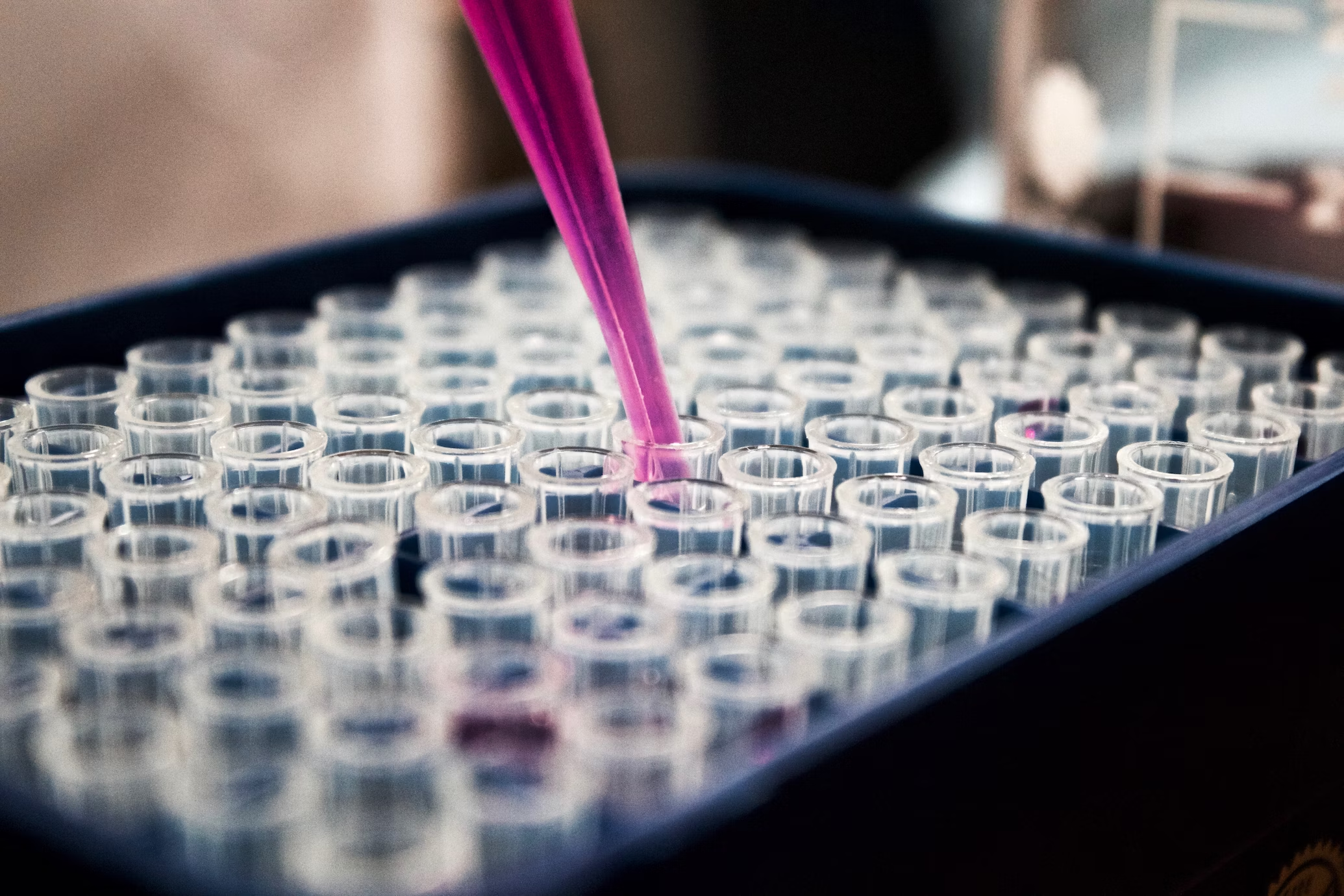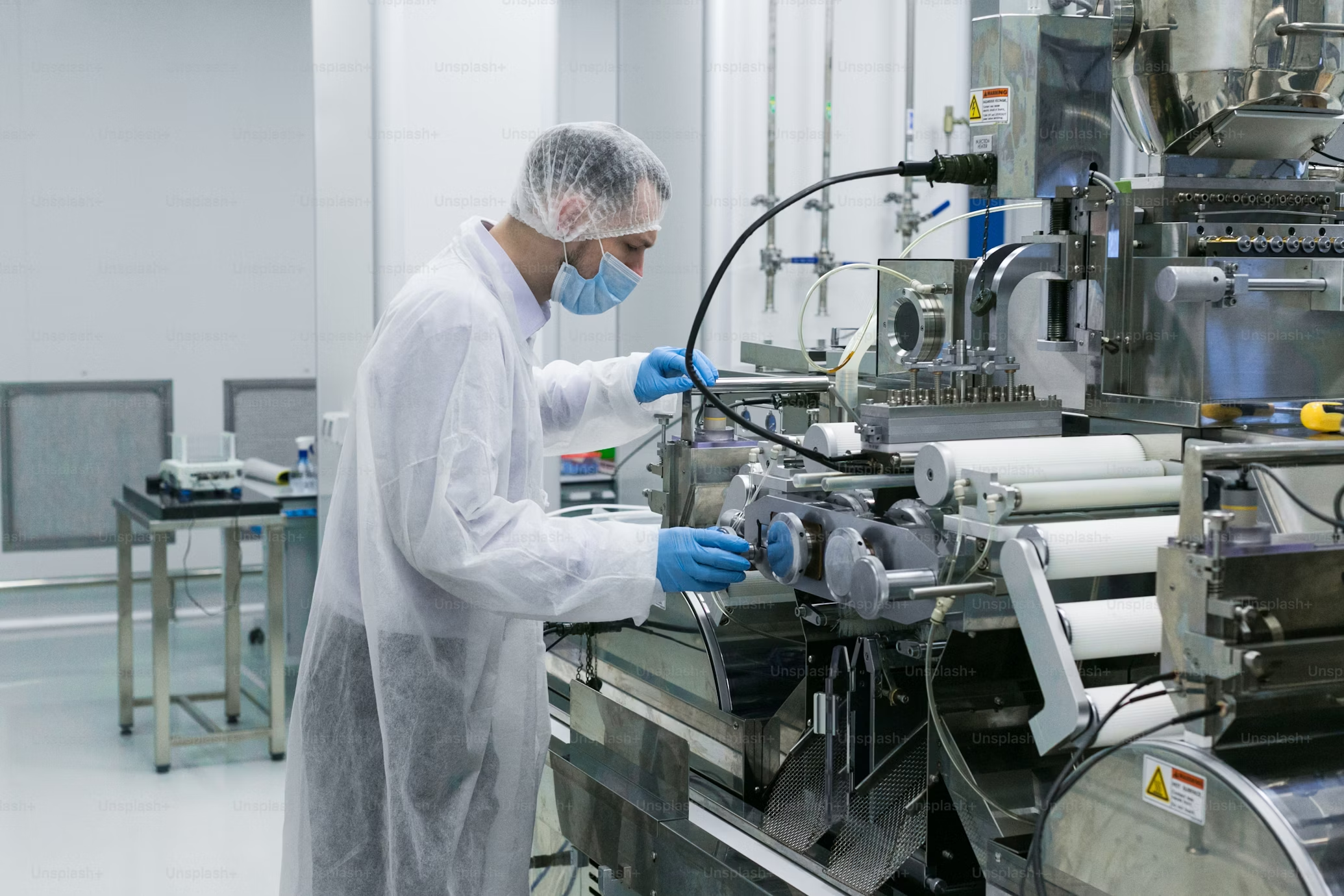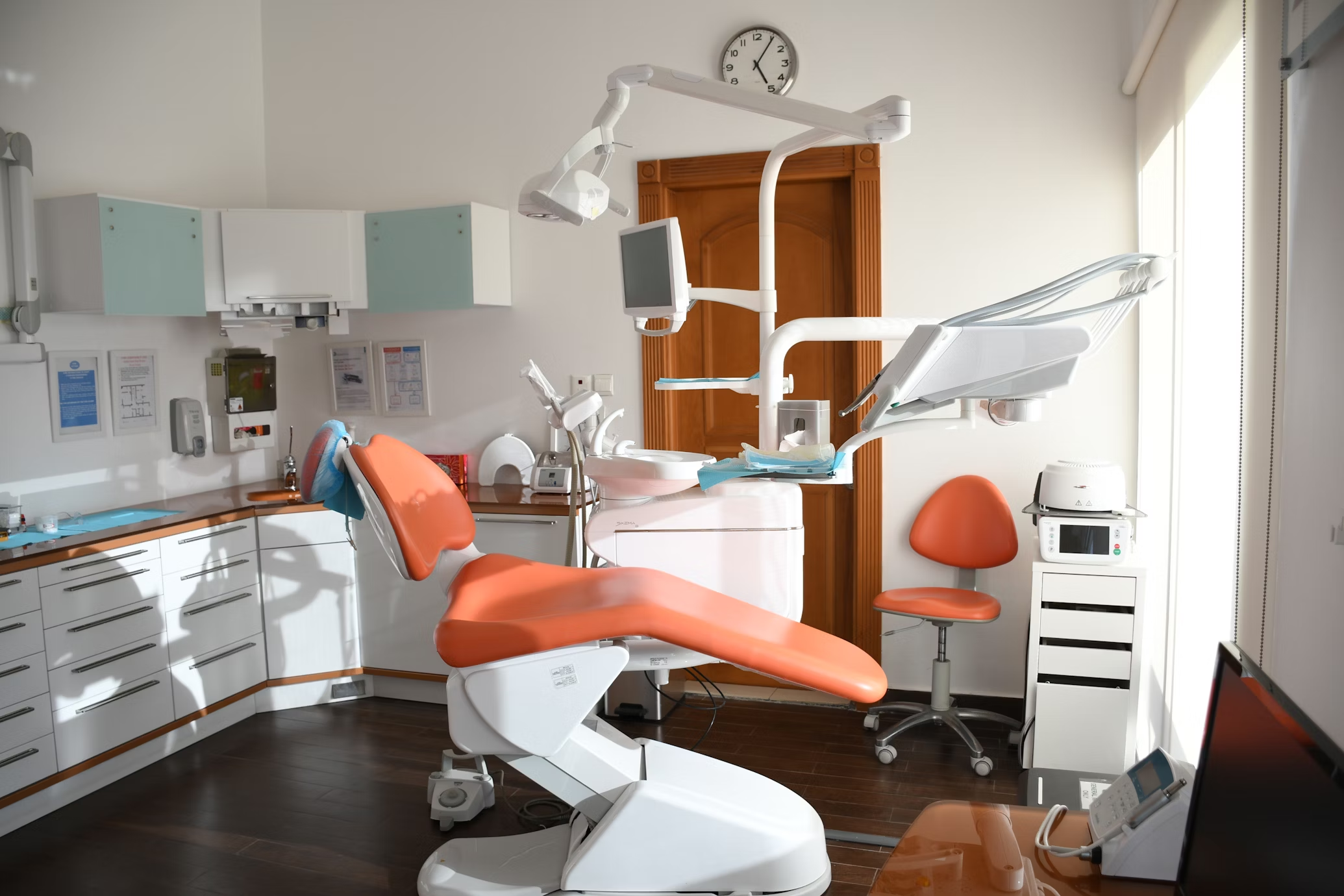When it comes to your child’s health, you want the best quality care possible. Fortunately, pediatric healthcare in the United States and beyond is evolving faster than ever – groundbreaking treatments and surgical techniques are now safer, more precise, and less invasive. From artificial intelligence (AI)-driven diagnostics to robotic-assisted surgeries, these medical care innovations are transforming how doctors are delivering amazing care to children.
This post will explore the latest advancements that are making pediatric care more effective—and less scary for both kids and parents. Read on to learn more.
Precision Medicine: Treatments Tailored to Your Child’s DNA
Gone are the days of one-size-fits-all medicine. Thanks to precision medicine, doctors can now analyse your child’s genetic makeup to create personalised treatment plans. This approach is especially powerful for providing comprehensive care for rare diseases, cancers, and chronic conditions.
For example, gene therapy has shown remarkable success in treating spinal muscular atrophy (SMA), a deadly genetic disorder. By replacing faulty genes, doctors can halt disease progression—something unimaginable a decade ago.
With advancements like Clustered Regularly Interspaced Short Palindromic Repeats (CRISPR) gene editing on the horizon, the future of pediatric care is looking even brighter.
Minimally Invasive Surgery: Smaller Cuts, Faster Recovery
No parent wants their child to undergo major surgery. Thankfully, minimally invasive techniques are reducing risks and speeding up recovery times.
Laparoscopy, for instance, allows pediatric surgical specialists CA to operate through tiny incisions using a camera and specialised tools. This means less pain, minimal scarring, and shorter hospital stays for procedures like appendectomies or hernia repairs. Even complex heart surgeries are now possible with these methods, sparing kids from the trauma of large incisions.
Robotic-Assisted Surgery: Unmatched Precision for Delicate Procedures
Robots in the operating room? Absolutely.
Modern-day robotic systems give surgeons enhanced control, especially in tight spaces like a child’s tiny organs or blood vessels. These machines don’t operate on their own—they’re controlled by skilled surgeons who use 3D imaging and ultra-precise instruments.
The result? Fewer complications, reduced blood loss, and better outcomes for procedures like tumor removals or urological surgeries.
3D Printing: Custom Solutions for Complex Cases
Imagine a surgeon holding a perfect 3D replica of your child’s heart before operating on your youngling. With 3D printing, this is now a reality.
Doctors use printed 3D models to plan intricate surgeries, test different approaches, and even create custom implants if needed. For kids with congenital health defects, 3D-printed devices can be designed to fit their unique anatomy—improving success rates dramatically.
Some hospitals are even printing biodegradable splints for babies with airway disorders, which dissolve as the child grows.
Telemedicine: Bringing Specialists to Your Home
Rural areas often lack pediatric specialists, but telemedicine is bridging that gap. Through video-powered doctor consultations, your child can get expert advice without long travels. This isn’t just for check-ups—remote monitoring devices let doctors track chronic conditions like asthma or diabetes in real time to provide care for kids. If an issue arises, they can adjust treatment instantly.

AI and Machine Learning: Smarter Diagnoses, Sooner
AI is helping doctors detect diseases earlier and more accurately. Algorithms analyse medical images, genetic data, and even electronic health records to spot patterns humans might miss in the name of complete care.
For example, AI can now predict sepsis in newborns before its symptoms appear. In addition, it’s improving cancer detection, ensuring kids get treatment at the earliest—and most curable—stages.
Regenerative Medicine: Healing the Body from Within
What if damaged tissues could repair themselves? Regenerative medicine is making this possible. Stem cell therapies administered by trained specialists, for instance, are being used to treat cerebral palsy, burns, and even heart defects.
Researchers are also developing lab-grown organs, which could one day eliminate transplant waiting lists for kids. While still in early stages, the potential is staggering.
Wearable Tech: Keeping Tabs on Your Child’s Health
Smart wearables aren’t just for fitness tracking—they’re now vital tools in pediatric care. Devices like patches or glucose monitors provide continuous health data, alerting doctors (and parents) to potential issues before they escalate.
For kids with epilepsy, seizure-detecting wristbands can send instant alerts, ensuring rapid response. It’s peace of mind in real time.
Closing Thoughts: A Healthier Future for Every Child
Pediatric healthcare is no longer about just managing illnesses—it’s about curing them with smarter, kinder methods. Whether through genetics, robotics, or AI, these innovations mean better outcomes, faster recoveries, and happier kids.



















